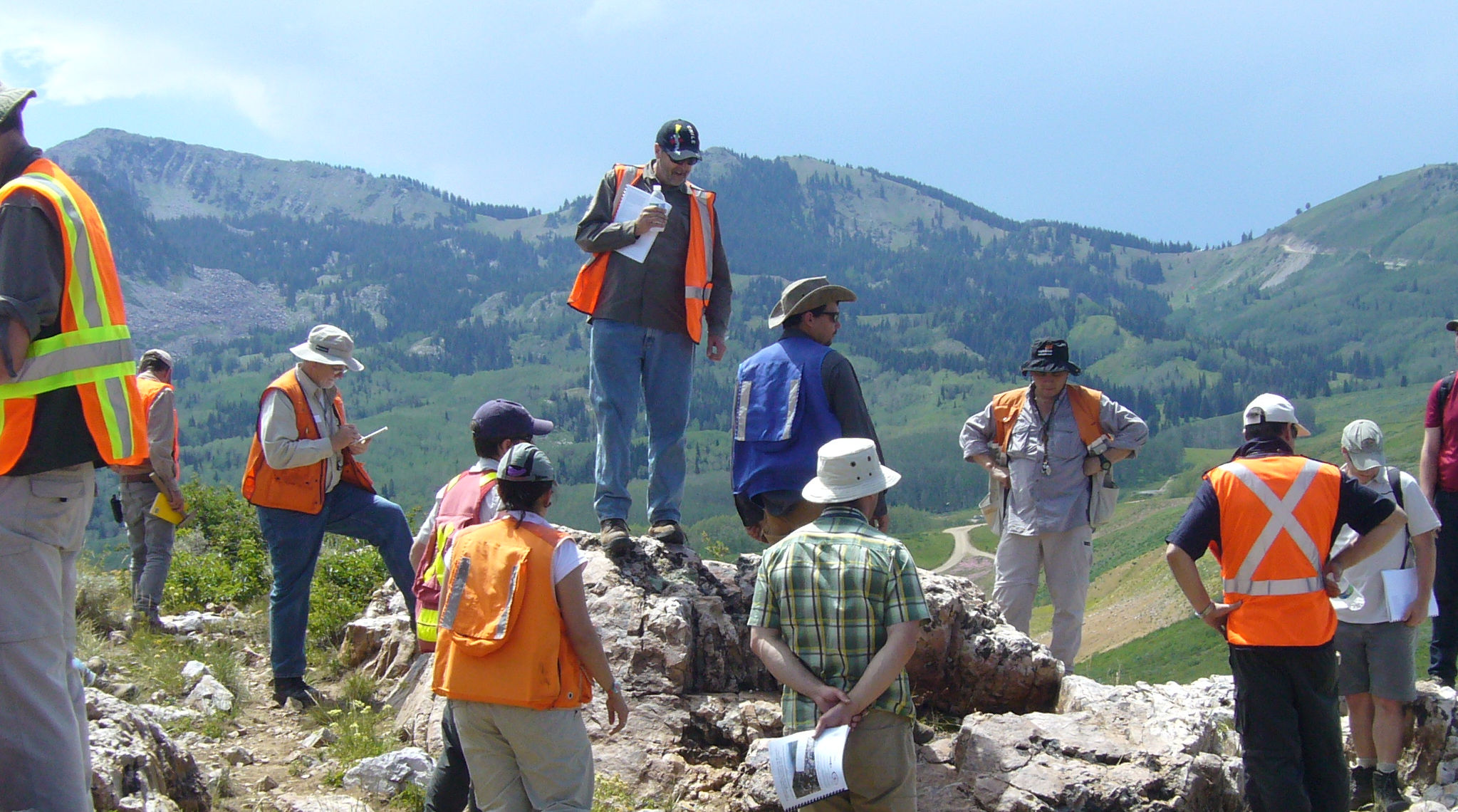P1060 - Enhanced Geochemical Targeting in Magmatic-Hydrothermal Systems

Value
AUD $3,570,000
Commencement Date
June 2011
Duration
3 years
Program Manager
Adele Seymon
Research Providers
ARC Centre of Excellence in Ore Deposits; Prof Bruce Gemmell; Professor David R Cooke; Imperial College of Science, Technology & Medicine; Lakehead University
Sponsors
Anglo American Exploration Australia Pty Ltd; AngloGold Ashanti Australia ; Barrick (Australia Pacific) Limited; BHP Billiton Marketing Asia Pte Ltd; Codelco; Compania de Minas Buenaventura; Eldorado Gold Corporation; First Quantum Minerals Ltd; Freeport-McMoRan Australasia Inc; Gold Fields Ltd; G-Resources Group; Inmet Mining Corporation; Intrepid Mines; Lundin Mining Corporation; MMG Limited; Mount Isa Mines ; Newcrest Mining Limited; Newmont USA Limited; Rio Tinto Exploration Pty Limited; Teck Resources Limited; Vale Exploration Pty Ltd
PROJECT SUMMARY
This three-year project aimed to help explorers achieve more efficient recognition, definition and discrimination of porphyry, epithermal and related targets using mineral-specific pathfinder elements. Previous research produced a series of mineral chemistry vectors within porphyry copper systems to allow the primary deposits to be “seen” from much further away than previously. In particular P765A focused on two problematic environments surrounding or overlying mineralized systems – “green rocks” and lithocaps. An unusual and popular feature of the project was to allow sponsors to actively test the vectors in real situations by submitting blind test sites to the research team. As an example, the giant high-grade Resolution deposit in Arizona was accurately detected from early exploratory drill holes under 1 km of barren cover. P1060 continued this work by looking at other simple minerals which are commonly found in such systems and which can be easily identified by field geologists. Other new aspects were also researched to complement the earlier investigations, including a continuation of blind testing.
HIGHLIGHTS/DELIVERABLES/ADDITIONS
The critical outcomes from this project were:
- New and improved techniques for screening green rock environments associated with different types of porphyry and related styles of mineralisation, further expanding the toolbox developed in P765A
- New and improved tools for focusing exploration in lithocaps including those that target high grade ore zones, determine the level of erosion, and that discriminate barren or weakly mineralised lithocaps.